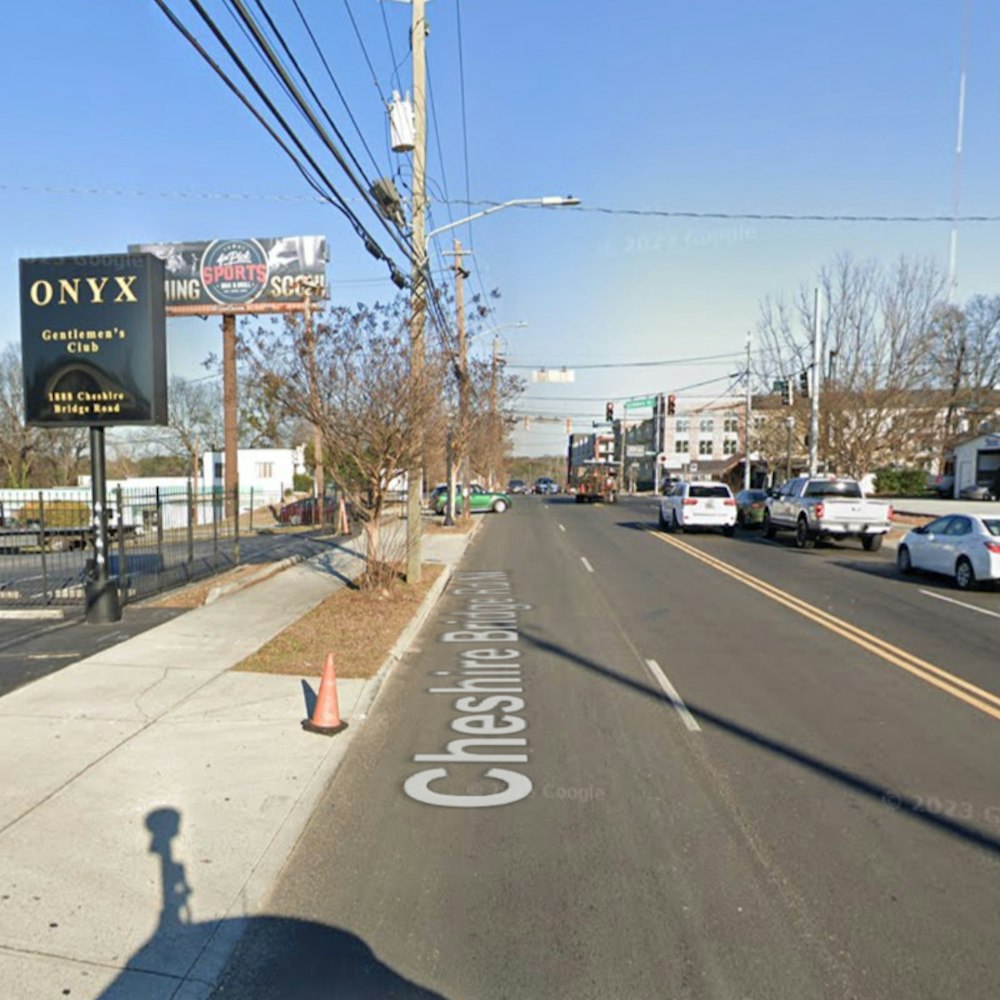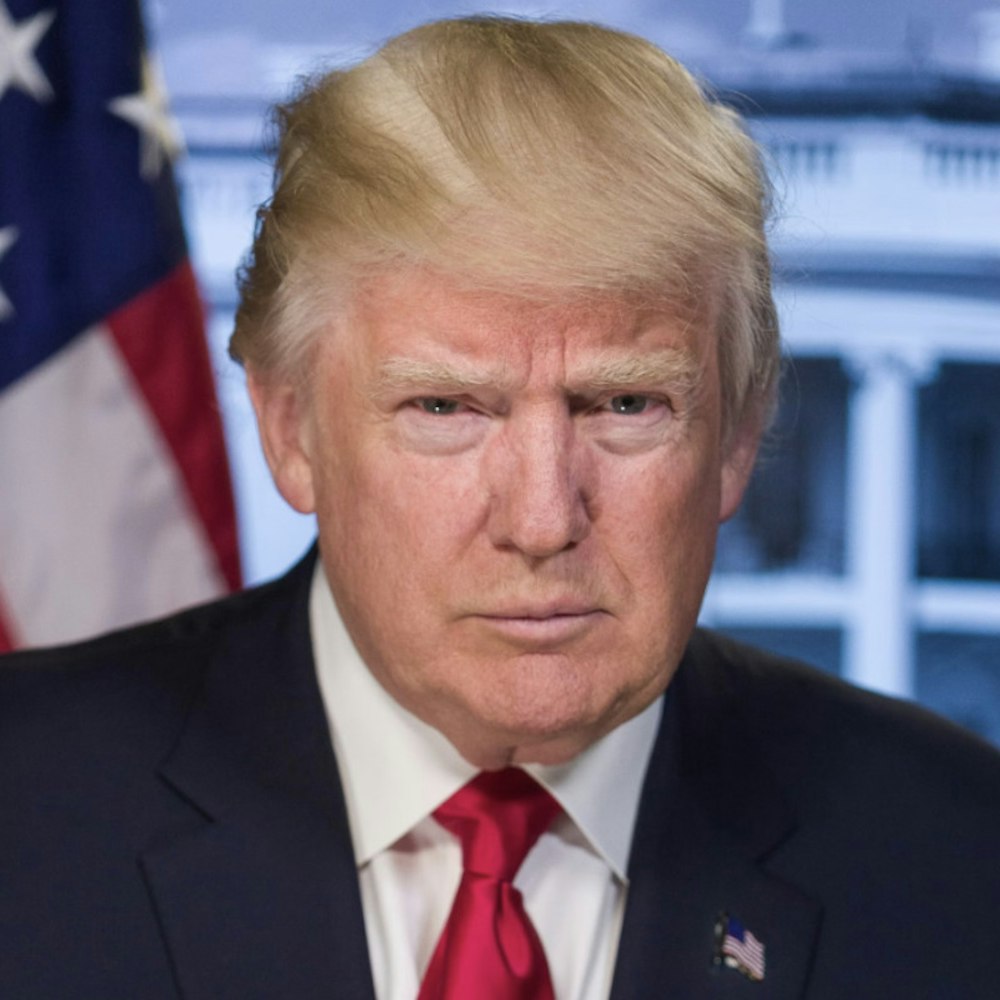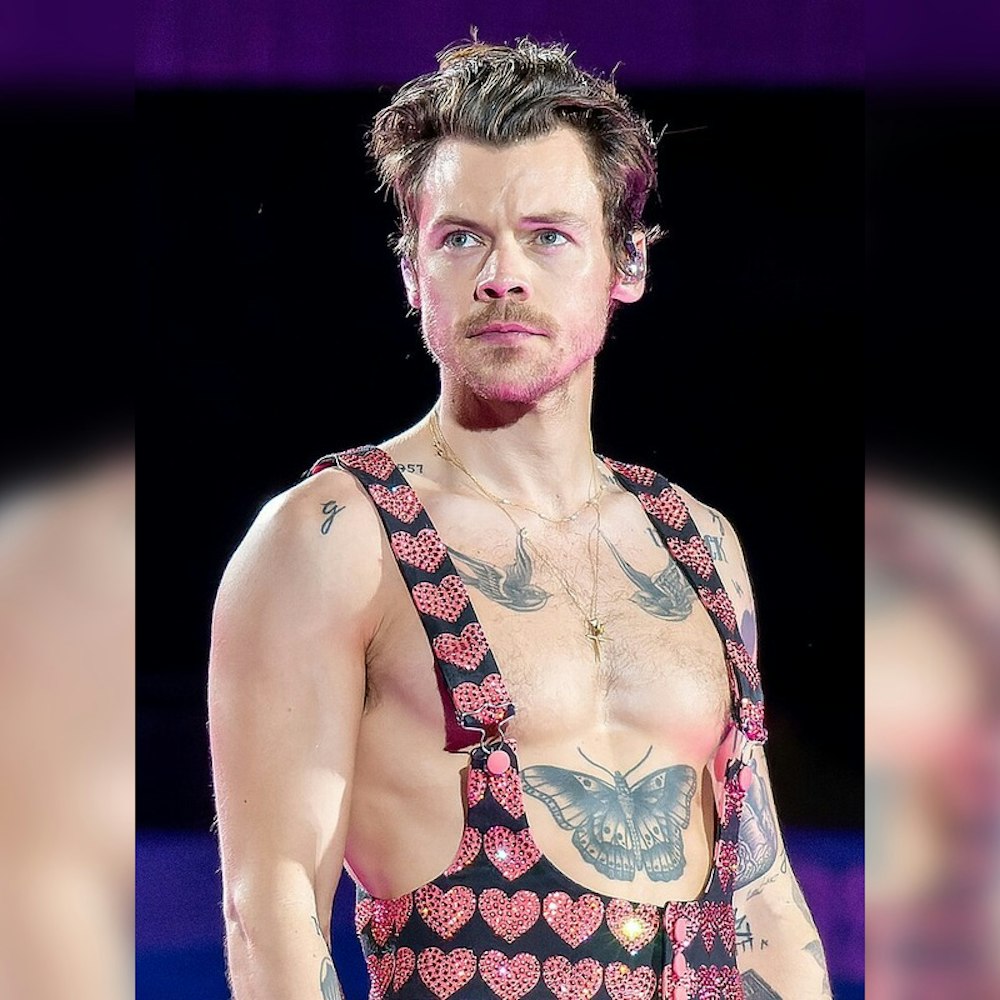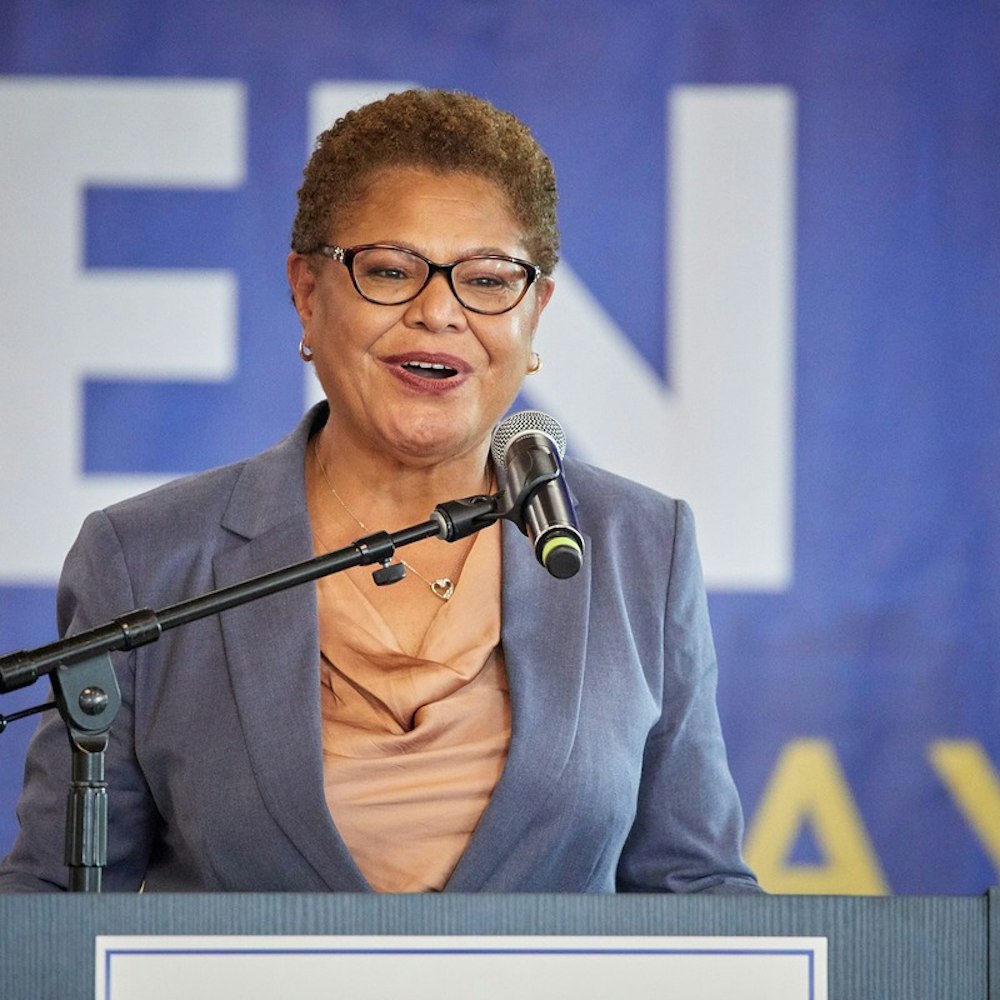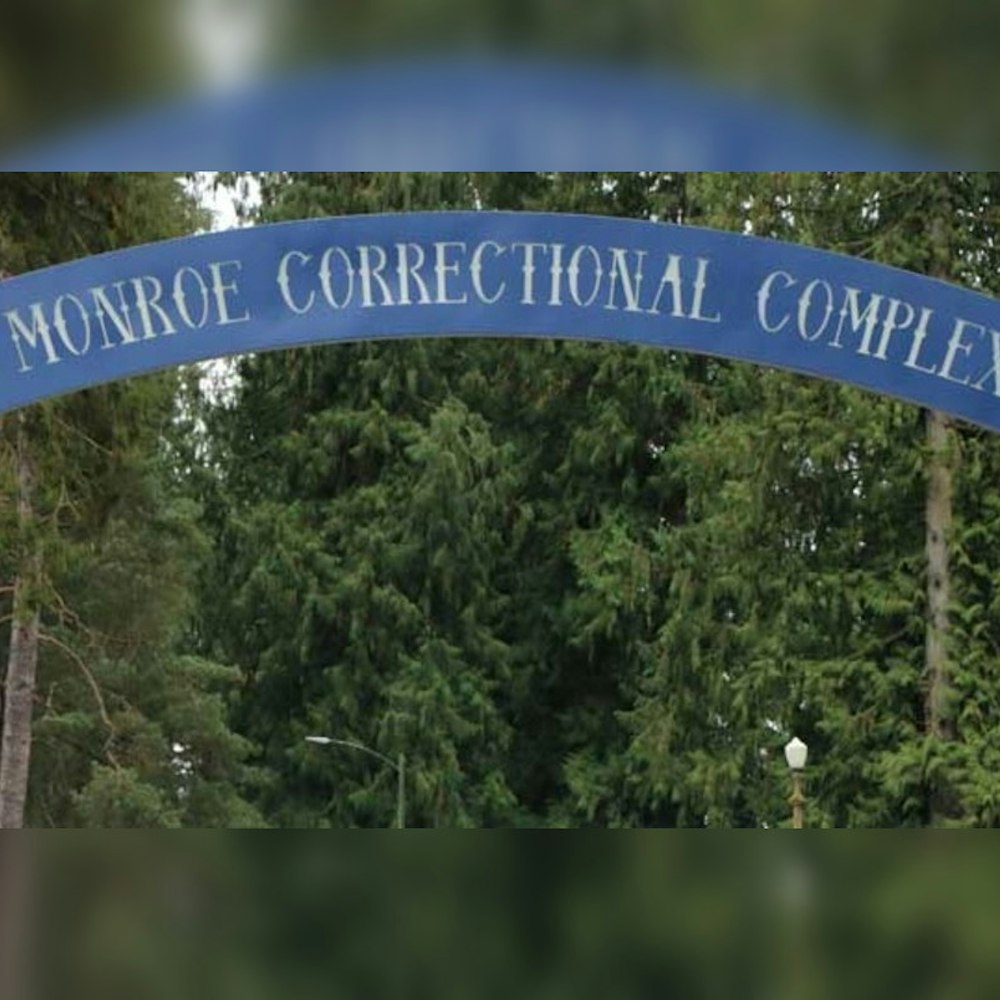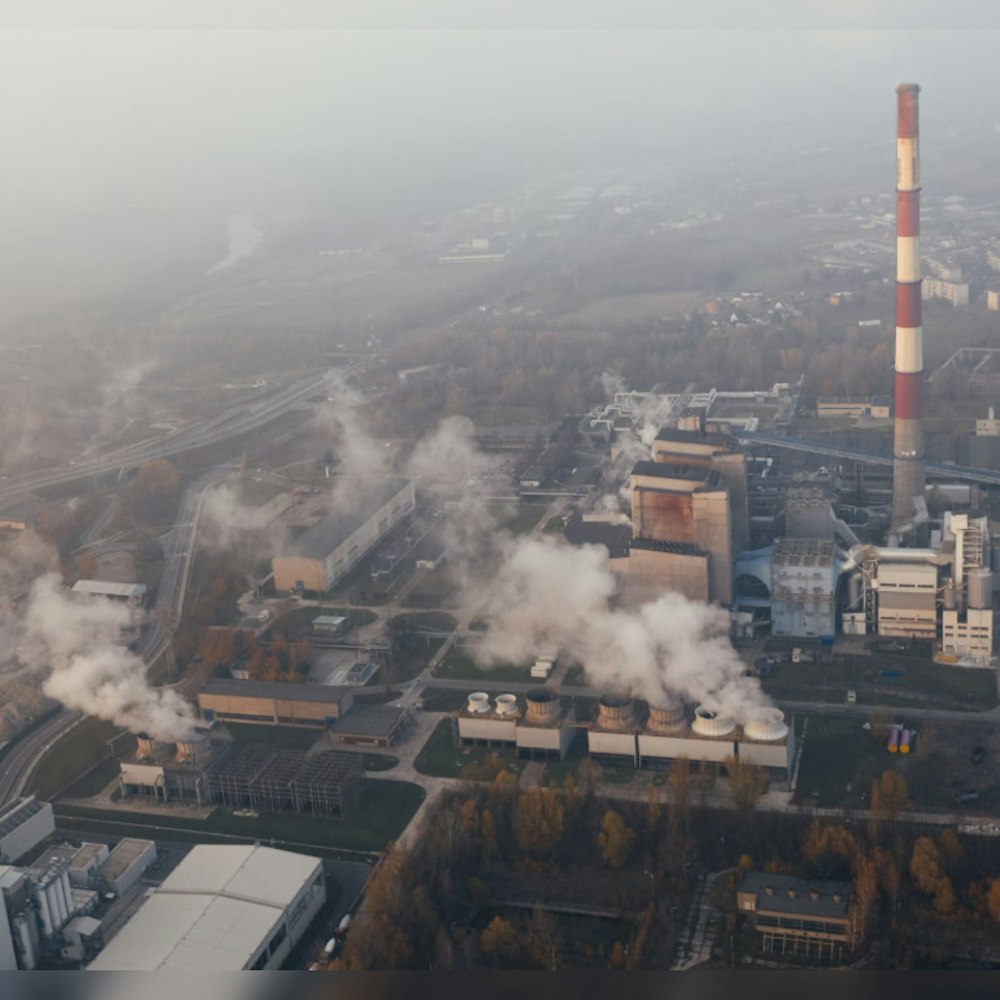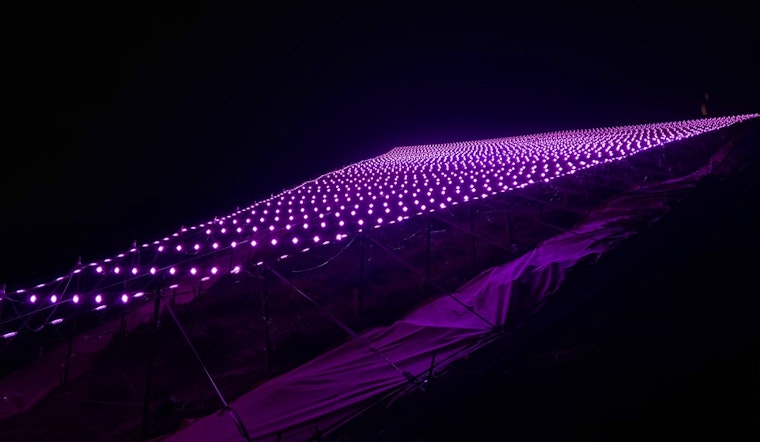
While San Francisco's Pride parade will again not take place this year, the traditional Pink Triangle atop Twin Peaks will again be lit up like a giant gay beacon, this time throughout Pride Month.
Patrick Carney, co-founder of the Pink Triangle, made the announcement on Wednesday. Carney said that Illuminate — the organization behind the Bay Lights, the Conservatory of Flowers' projection mapping display, the "Hope Will Never Be Silent" neon installation honoring Harvey Milk on the SoulCycle building, and other projects — will again install 2,700 LED nodes of pink lights on the triangle.
As you may recall, the Pink Triangle was illuminated for three weeks last year, during Pride Month. However this year the Pink Triangle will be lit up the entire month of June.
"The mesmerizing triangle will serve as a reminder of the hatred of the past and why we must never forget," writes Carney. "It will again be an enduring symbol of San Francisco's resilience."
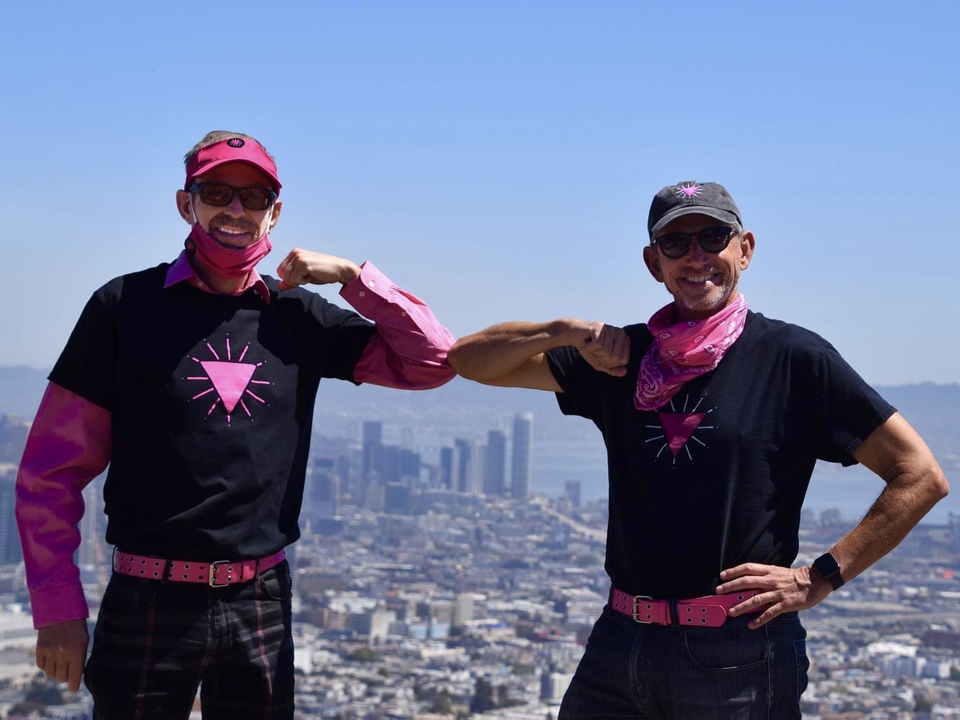
Patrick Carney (left) and Illuminate founder Ben Davis (right). | Photo: Patrick Carney/Facebook
Every Pride weekend since 1996, the Pink Triangle, 200 feet across and visible from over 20 miles away, has adorned the eastern side of Twin Peaks.
"Remembering the hatred which led to the creation of the pink triangle over 80 years ago is usually a somber kick-off to Pride Weekend, now to Pride Month," said Carney. "[W]e progress during the ceremony by showing how far we have come and that this symbol of hate and persecution has been usurped and is now a symbol of survival, defiance, courage, strength, diversity, and liberation and represents all those who endure discrimination."
The symbol was used to label homosexual prisoners under Nazi Germany before becoming a symbol of LGBTQ+ pride.
"The Pink Triangle, once a symbol of one of the darkest chapters in human history and now embraced as a beloved symbol of hope, equality and inclusion, has long been at the center of the city's annual SF Pride celebration," Carney added.
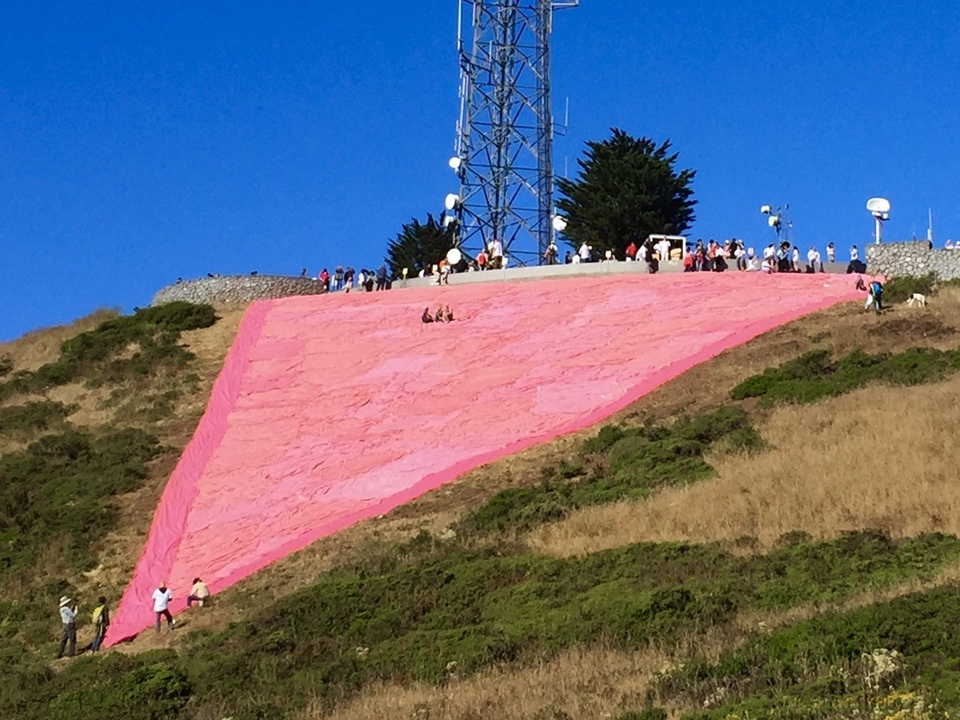
Twin Peaks' Pink Triangle (2016). | Photo: Steven Bracco/Hoodline
The annual installation was founded by Carney and collaborators Thomas Tremblay and Michael Brown, the latter two signed on for only five years. However, since 1998, Carney's main assistants have been his husband, Hossein Carney, and sister, Colleen Hodgkins.
"Their help has been instrumental in keeping the project going for over another two decades," said Carney. "Colleen drives up from LA every year for four days, usually brings a carload or two of volunteers with her, and has paid for plenty of aspects of the project too."
Carney explained the 26-year history of the project in a 2015 Hoodline interview for the 20th anniversary of the Pink Triangle:
"My friends and I were sitting in a restaurant on Market Street, wondering how we could spread the weekend's festivities to other parts of the city," he said. "We noticed a huge blank canvas right outside the window: Twin Peaks. Just a few weeks later the Pink Triangle of Twin Peaks was born."
According to Carney, San Francisco Mayor London Breed will use an LED pink torch to illuminate the Pink Triangle on Tuesday, June 1 at dusk to kickoff Pride Month.
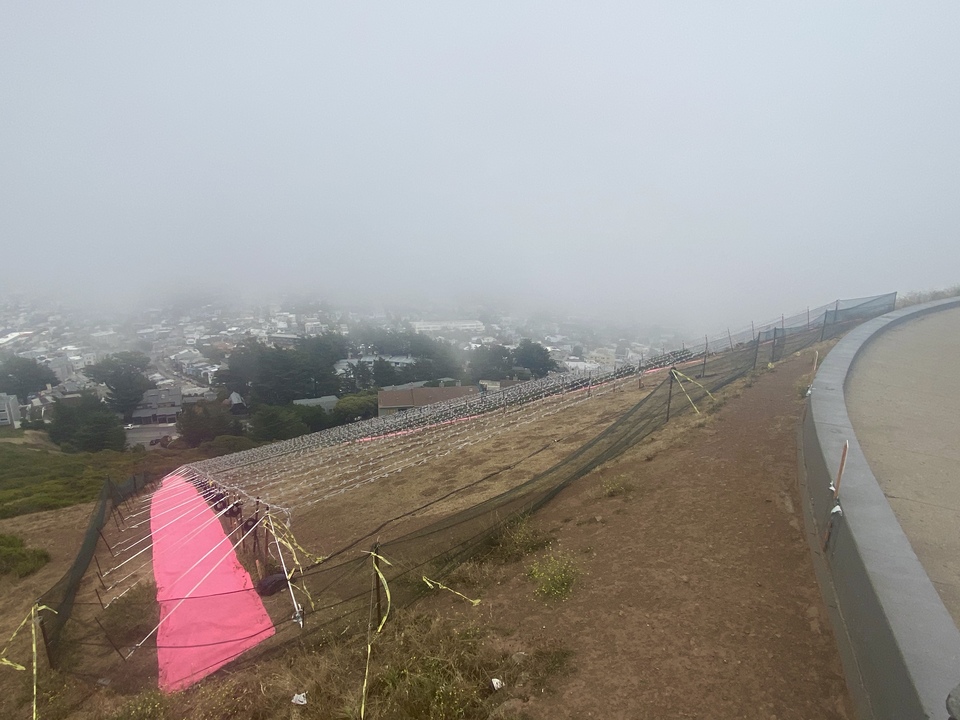
The illuminated Pink Triangle consists of 2,700 LED nodes. | Photo: Steven Bracco/Hoodline
"The lighting will be preceded by a Pink Torch Procession which will start at Oakland City Hall, then cross the Bay Bridge and wind through parts of San Francisco and culminate when the torch is used at the ceremony by the mayor as she pushes the 'illumination button'."
Carney said the Pink Torch Procession is being produced by Patricia Suflita Wilson.
"Social distancing restrictions will again result in the giant display appearing different than before, but it will be there nonetheless," said Carney.
Should city officials deem it safe, a small group will install the entire one-acre display. At a minimum, a small handful of people will install just the outline of the symbol, made out of pink sail cloth, which will still be highly visible during the day.
"This will be live, not virtual, and you will be able to see from much of the City and from across the bay," added Carney. "Help remember the hatred of the past to prevent it from happening again."
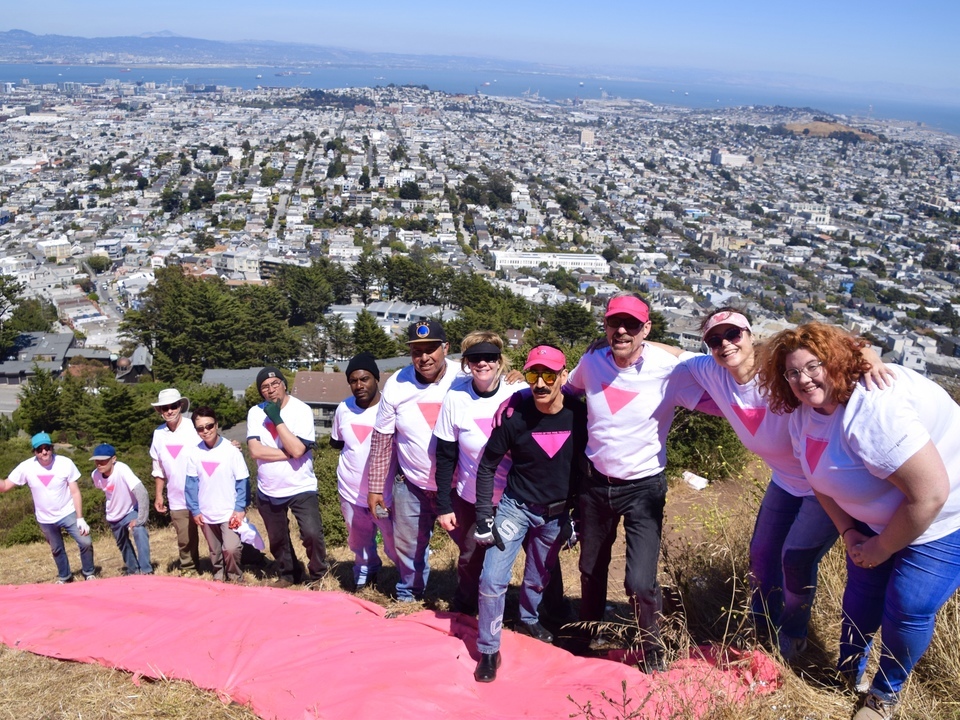
Patrick Carney and his husband Hossein (center) with volunteers. | Photo: Courtesy of Patrick Carney
The Pink Triangle consists of 175 bright pink tarps and two pieces of 200-foot by four-foot pink sail cloth. During a typical year, 300 volunteers help install the bright pink tarps.
"The estimated one million annual Pride participants will not be celebrating with a parade in San Francisco this year again, yet through this effort, the city — and the world — will be able to experience something beautiful when it officially goes live on June 1st," said Carney.
Carney said this is the ninth time the Pink Triangle has included a lighting element. In 2017, Obscura Digital planned to project brightly-hued rainbows onto the triangle. However, due to thick fog, the equipment was turned around, and instead the rainbows were projected over the Castro.
To help fund the work, the project's partners have created a GoFundMe page to raise $75,000.
